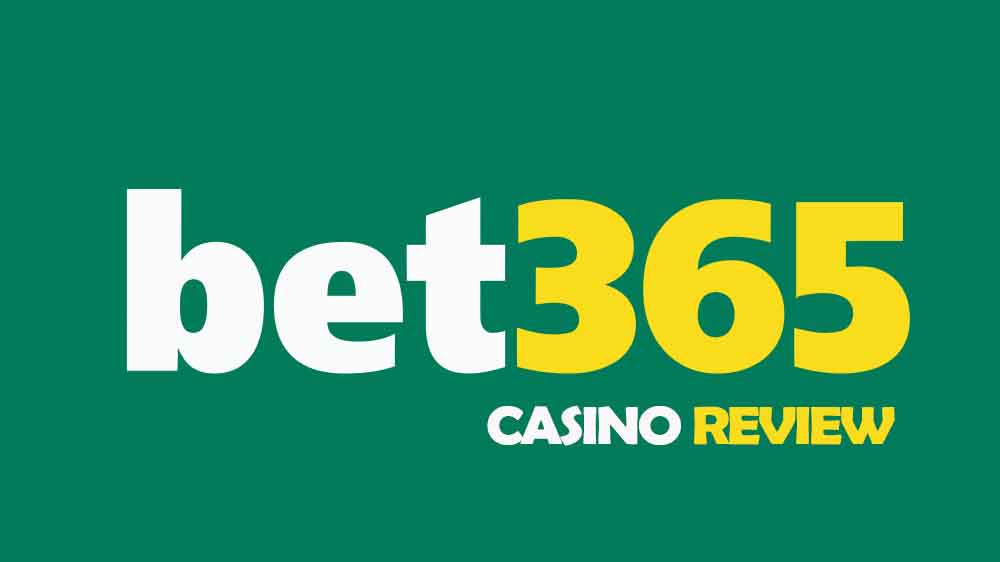Profitable Horse Racing Bets And How to Recognise Them

How To Make Profitable Horse Racing Wagers
In the world of horse racing, skilled gamblers have discovered the key to consistently profitable horse racing bets. This has enabled them to grow their bankrolls steadily. However, determining the optimal bet can be challenging. Accomplished bettors have found success in horse racing, ensuring their gambling endeavors remain lucrative. Can anyone achieve great wealth through horse race bets? What constitutes a profitable wager in this domain? By examining the viability of earning money through horse race bets, we aim to shed light on these inquiries.
What Is A Profitable Horse Racing Bet?
A profitable horse racing wager with 22Bet Sportsbook entails a series of successful bets that yield a positive monthly return. Irrespective of the bet amount, any winning wager generates income. Skilled bettors strive to win a sufficient number of bets to cover their stakes while providing a reasonable yield. When discussing the profitability of horse race bets, the focus lies on achieving a positive Return on Investment (ROI) across numerous wagers. A commonly attainable target for professional bettors is a 5% ROI.
Beware Of Accumulator Bets
It is important to note that a profitable horse racing bet differs from high-risk wagers with high payouts. Certain horse race wagers, like accumulator bets, have the potential to grant substantial winnings for a minimal stake. These accumulators involve selecting four to eight outcomes, all of which must be successful. An eight-fold accumulator, for instance, could turn a dollar into a significant sum. However, these types of bets are not suitable for sustainable long-term earnings, as it is highly improbable to win every single wager.
Finding Profitable Race Horses On A Race Card
Identifying profitable horse racing bets goes beyond choosing “safe” or low-risk wagers like swingers. Swinger bets involve predicting up to five horses to finish in the top three positions, but the modest returns they offer are not viable for professional bettors. Individuals seeking to make money from horse races look for wagers that have a realistic chance of winning and offer a favorable payout. These can include straightforward bets like win, place, or show, as well as other exotic wagers. To discover bets with potential payoffs and jackpot winning chances, thorough research on the participating horses using race cards is essential.
Profitable Horse Racing: The Race Card

Racecards provide crucial information that allows professional bettors to assess a horse’s performance in an upcoming race based on their past achievements and relevant data. To find the most profitable bets, especially if you want to win the jackpot online, then the following aspects of the race cards should be noted:
The Form Of A Race Horse
A horse’s form is represented by a series of numbers, indicating its past race results. The form is read from left to right, with the most recent results appearing on the rightmost side. Each number in the form corresponds to the horse’s finishing position, ranging from 1st to 9th. If there is a 0 in the form, it means the horse failed to finish within the top 9 places. For example, a form of 1152 indicates that the horse finished 1st in the first two races, 5th in the third, and 2nd in the fourth. Symbols such as dashes (-) may be used to separate seasons between races. Additionally, the slash symbol (/) indicates that the horse has not participated in races for an entire season.
Bet on horse racing at the 22BET Sportsbook
Abbreviations On The Race Card – What They Mean?
Adjacent to the horse’s name on the race card, you will find labels or abbreviations that provide insights into various characteristics of the horse and its previous achievements. This is an essential help when it comes to placing successful and profitable horse racing bets. Here are the notable labels to take note of:
Am – An amateur horse making its start
f/fm – Indicates the horse’s favored going, usually referring to firm ground.
BF – Represents a beaten favorite, indicating that the horse was the favored one but lost in its last race.
C – Denotes a previous winner at the same track.
D – Indicates a horse that has previously won at the same distance as the current track.
CD – Signifies a horse that has won at the same track and distance combination.
F – Suggests that the horse fell during a previous race.
R – Indicates that the horse refused to race in a previous event.
BD – Refers to a horse brought down by another runner during a race.
P/PU – Denotes a horse that the jockey had to pull up before reaching the finish line.
U/UR – Indicates a horse that unseated its jockey during a previous race.
H – Represents a collision with the rails by the horse during a race.
L – Indicates that the horse left the track at the start of the race.
SP – Refers to the starting price of a horse in the betting market.
These labels, positioned right after the horse’s name, provide valuable insights into the horse’s abilities. They help determine whether it has a competitive edge against others in the race. They can also highlight which horses are clear underdogs or have a track record as poor performers. It’s a very important skill to have a complete grasp of all the horse racing terms used at the racetrack.
Profitable Horse Racing: BHA Rating

The British Horseracing Authority (BHA) assigns an “official rating” or OR to horses that secure a position in the top six spots across three races. This rating is designed to assist handicappers. It does this by determining the appropriate weight for each horse to ensure competitive balance. The OR system allows horses with lower ratings to compete against highly rated contenders. Thus leveling the playing field and providing them with fair odds during a race by adjusting the weights accordingly. So, how can we utilize the information presented on the race card to identify the most profitable horse racing bets if we want to place a bet with 22Bet Sportbook?
Examine Each Race Card
By analyzing the data, we can derive the actual odds of the horses on the track. While experienced bookmakers possess the expertise and tools to determine accurate prices for each race’s participants, the odds are not always perfect. Examining the race cards enables us to assess whether certain horses’ prices are accurate. Or if there is a discrepancy in their odds.
Examples Of Profitable Horse Racing Bets
For instance, let’s consider a race where horses A and B are regarded as the top contenders. Let’s say that each has an equal chance of finishing in first place. In this scenario, the most profitable bet would be to place wagers on both horses. Or opt for a swinger bet involving these two selections, as they are clearly the leading choices.
In another example, horse A carries a BF label and is priced as the favorite in the race with odds of 3/1, while horse B possesses a CD label and is priced at 5/1. A valuable bet, in this case, would be to place a winning bet on horse B. Especially given its likelihood of outperforming horse A. It is important to remember that profitable horse racing bets offer a substantial return and a reasonable chance of winning. By carefully examining the race card and understanding the information it provides, along with such external factors as weather conditions, you can identify these valuable bets. In fact, this should be part and parcel of any jackpot winnings strategy when it comes to betting on the horses.
Click here to visit the 22BET Sportsbook














